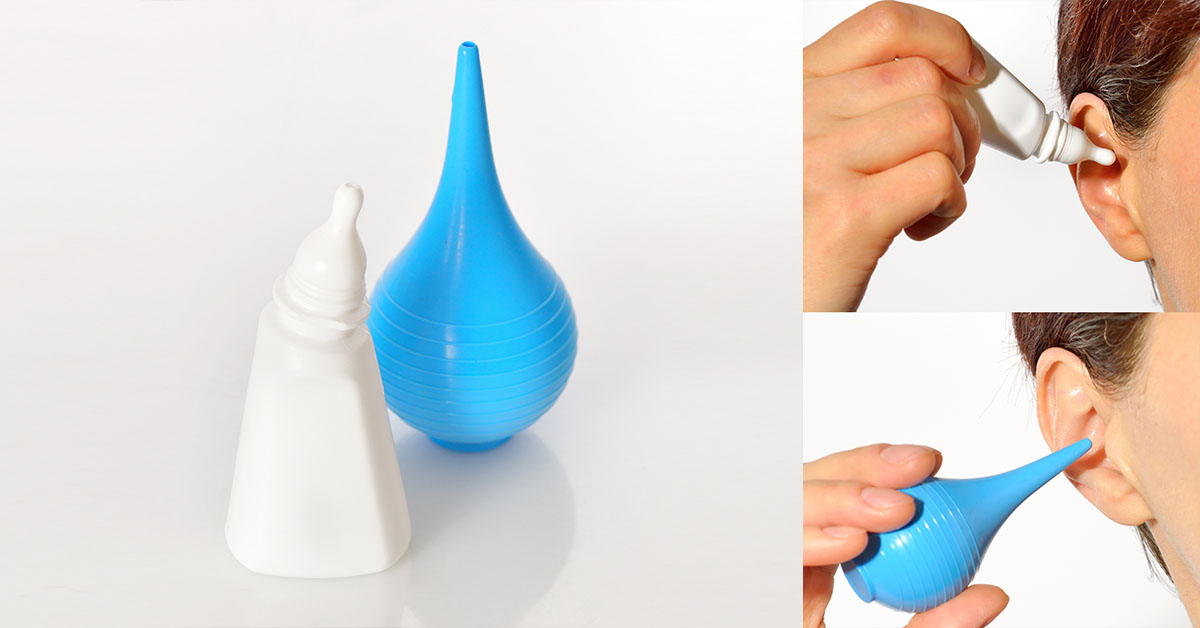
What is Earwax Blockage / Cerumen Impaction?
Earwax, or cerumen, is produced naturally by your body and secreted by glands in the outer portions of your ear canals. Earwax is your body's defense mechanism that cleans and protects your ear canals from dust, dirt, and bacteria. Normally, excess earwax leaves the ear canal naturally.
If your glands produce too much earwax, or if you improperly clean your ears, your earwax can block the ear canals. Earwax blockage of the ear canals can negatively affect your hearing and contribute to temporary hearing loss.
Causes of Earwax Blockage / Cerumen Impaction
Earwax blockage can arise if you produce below average, average, or above average earwax. The most common cause of earwax blockage is the cleaning of your ears using improper cleaning tools, devices, or methods.
Despite warnings from manufacturers and ENT specialists, a large percentage of people regularly use cotton swabs for ear cleaning. Cotton swabs may remove some earwax, however they unfortunately can also push some earwax deeper into the ear canal.
As more earwax is pushed deeper into the ear canal, a partial or complete blockage or impinge on the eardrum can develop and create a temporary hearing loss.
Symptoms and Diagnosis of Earwax Blockage / Cerumen Impaction
Common symptoms of earwax blockage typically include the following:
- Partial or complete loss of hearing in the affected ear.
- Earaches.
- Ringing or buzzing noises.
- Dizziness or cough.
- A feeling of fullness in the affected ear.
The human ear canal and eardrum are fragile and can be irreparably damaged if improper at-home cleaning techniques are used. Therefore, if you experience these symptoms, or if you suspect you have earwax blockage, do not attempt improper at-home cleaning techniques. Instead, visit your ENT specialist who has the proper tools, techniques, training, and experience to properly diagnose and safely remove or treat the earwax buildup.
Treatments for Earwax Blockage / Cerumen Impaction
Following diagnosis, common treatment techniques that your ENT specialist may use can include the following:
- Use of a small curved instrument called a curet that is specifically designed to pull the earwax out of the ear canal instead of pushing earwax further into the ear canal.
- Use of a suction device to pull the earwax out safely from the ear canal.
- Flushing the ear canal out with warm water by using a water pick or rubber bulb syringe.
If excessive earwax production is causing recurring earwax blockage, your ENT specialist may recommend specific wax removal medication or over-the-counter devices for safely flushing the ear canal at home.

